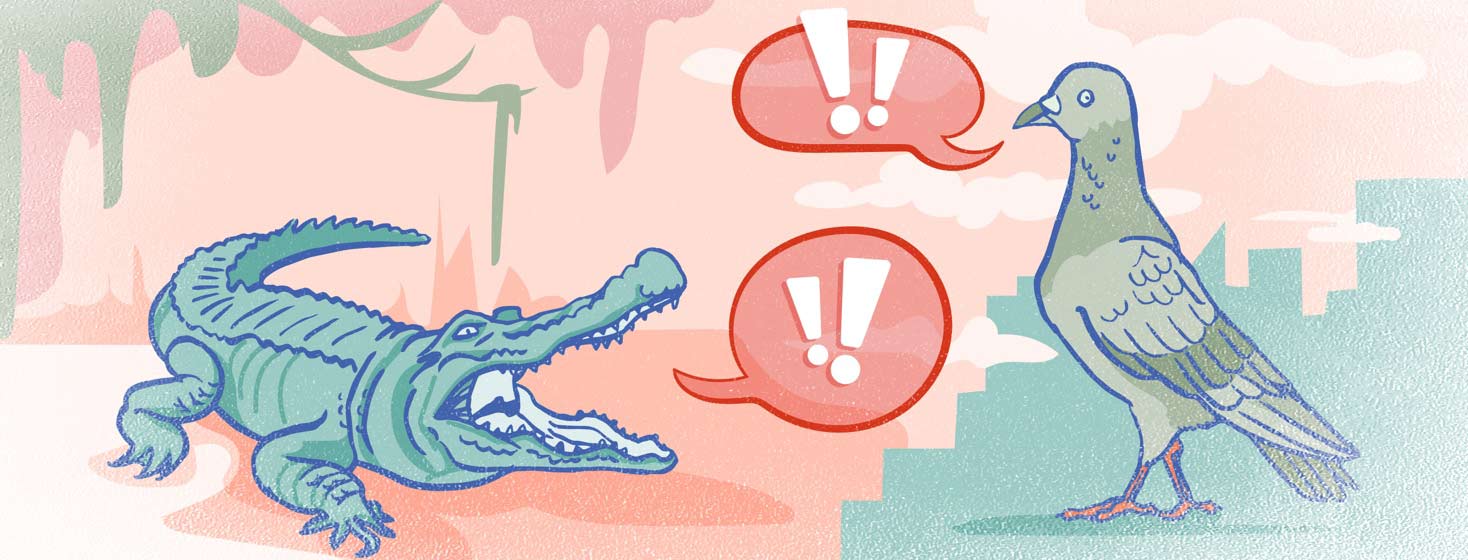HIV in the South, Part I
Most city dwellers, including myself, have no idea what it is like for someone living in rural middle and southern states in America. There is an overall lack of appreciation for these places and their people.
The South provides food for the world; their lands are rich with natural resources, and their people value community and will protect it at all costs.
Seeking healthcare for chronic conditions
Our global world consumed with technology and urban life cares nothing for the farmer, factory worker, day laborer, coal worker, waitress, or the retired war veteran. This neglect has fueled so much division and anger in our society. The anger highlights the economic disparity or a great difference between the ‘have’ and ‘have-nots’.
This disparity is one that isn’t as simple as one making more money than the other. This has to do with an overall issue of quality of life. When quality of life is not stable or adequate, seeking out and receiving healthcare can be a challenge for people living with HIV and many other chronic diseases.
Resources to fight HIV in urban areas
In the early 1980s and 1990s, big cities like New York and Los Angles were the center point for most of the cases of the disease. You could not ignore how it affected such big urban centers.
News reports and public health officials made the public aware of such a devastating disease and put money and resources into not only medications but efforts to change the behavior of entire communities of MSM (men who have sex with men).
As time went on, treatments got more advanced and we see way fewer cases of HIV. However, the disease in America has migrated south of its original epicenter.
Statistics in the South & rural America
The South and rural America are at the frontlines of the HIV epidemic. The South, according to the CDC, experiences the greatest burden of HIV cases and deaths in the United States. Annually, the region makes up 51 percent of new HIV diagnoses but less than forty percent of the entire US population lives there.1
Meaning, there is an increased statistical risk of getting HIV amongst this population compared to your average American. Although most of these cases take place in urban centers, the CDC’s research also reveals that 24 percent of these diagnoses in the South occur in suburban and rural areas of the country.1 This poses a new challenge for healthcare providers.
Adapting prevention strategies
In order to end the spread of HIV, we will need to adapt our tools to reach the hearts and minds of those in our southern states. We should recognize that our medical and public health approaches should be different when engaging with populations different from our own.
Every region of the United States will have a different standard of living, ideals, and ways of being. In our effort to end the spread of the disease, I see the way forward in finding ways to integrate prevention strategies into the fabric of southern life.
If you are from the South, let me know how you feel about this topic and your experiences with HIV care.
Community Poll
Have you ever been unhoused or insecurely housed?

Join the conversation